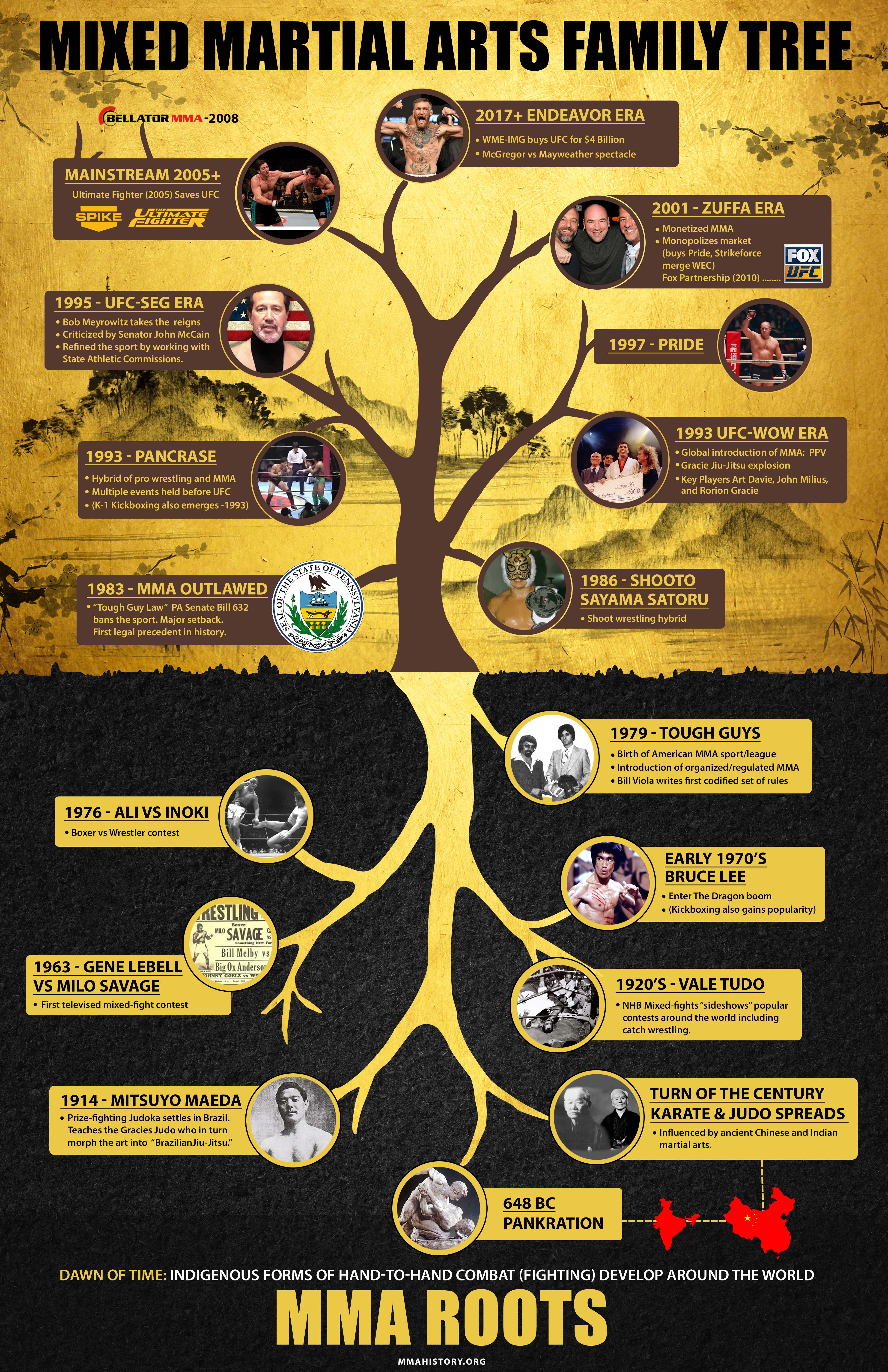Trick Distinctions Between Traditional Martial Arts And Modern Battle Sports: An Extensive Evaluation
Trick Distinctions Between Traditional Martial Arts And Modern Battle Sports: An Extensive Evaluation
Blog Article
Web Content By-Skovbjerg Burch
When you think about martial arts, do you lean much more toward the conventional techniques or the contemporary battle sporting activities? Each course supplies one-of-a-kind benefits and experiences, shaped by their viewpoints and training approaches. Typical martial arts stress individual growth and discipline, while modern battle sports focus on competitors and efficiency. Understanding these differences can lead you in selecting the ideal method for your trip. But how do these distinctions manifest in training and approach?
The Viewpoint and History Behind Conventional Martial arts
While many people associate martial arts with physical fight, the approach and background behind traditional martial arts run much deeper. You'll discover that these techniques emphasize personal growth, discipline, and regard.
Originating from old techniques, traditional martial arts were commonly created for Self-Defense and spiritual advancement. They embody concepts such as equilibrium, harmony, and self-discipline, guiding experts beyond plain combating skills.
As you train, you'll not only discover methods but likewise get insights into the society and values that shaped these arts. The routines and traditions, commonly given through generations, promote a sense of community and belonging.
The Competitive Nature of Modern Combat Sports
Modern fight sporting activities have transformed the landscape of martial arts into a highly affordable sector, where professional athletes take on in a test of ability, strategy, and endurance.
You'll discover that competitors are commonly arranged with stringent regulations and laws, guaranteeing fair game and safety and security. These events draw in huge target markets, sustaining the exhilaration and strength of matchups.
Athletes train rigorously, not just for physical prowess yet also for mental toughness, knowing that every information counts in the ring. The adrenaline thrill throughout competitors is palpable, as fighters press their limitations to claim success.
Followers value the athleticism and virtuosity included, making modern fight sports a thrilling phenomenon that remains to progress and mesmerize lovers all over the world.
Training Techniques and Strategies: A Comparative Evaluation
The affordable ambience of contemporary battle sporting activities demands ingenious training approaches that differ considerably from typical martial arts.
In modern-day training, you'll focus on particular techniques, sparring, and conditioning, commonly utilizing drills that replicate genuine fight situations. You'll see an emphasis on quantifiable performance and frequent competitors to evaluate your skills.
In contrast, standard martial arts prioritize kinds, katas, and philosophical teachings, often emphasizing self-control and respect over competition.
Training is usually much less intense and may entail repetitive technique as opposed to real-time sparring.
While both strategies build ability and fitness, modern combat sporting activities offer a much more dynamic and versatile training environment, preparing you for prompt challenges in the ring or cage.
Select the course that straightens with your goals and interests.
Final thought
In choosing between traditional martial arts and modern combat sporting activities, it actually boils down to what you value a lot of. If korean martial art looking for individual growth, discipline, and a feeling of area, traditional arts could be your best fit. However if you thrive on competition and real-time challenges, modern-day fight sporting activities could be the means to go. Ultimately, click here for more info supply special benefits, so it's everything about straightening your training with your individual objectives and interests.
